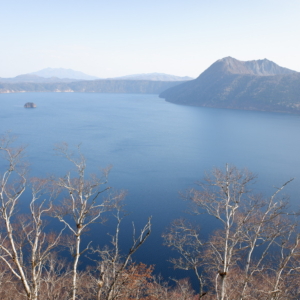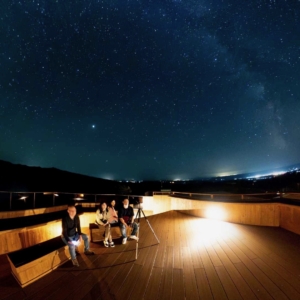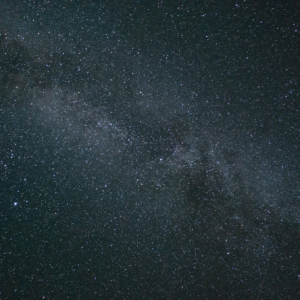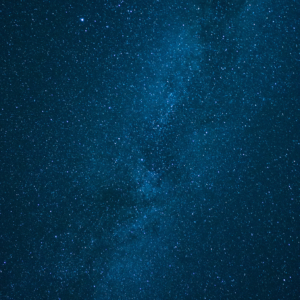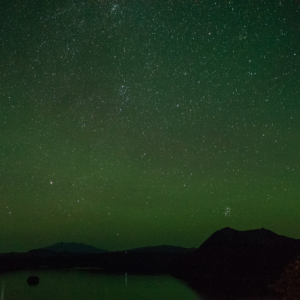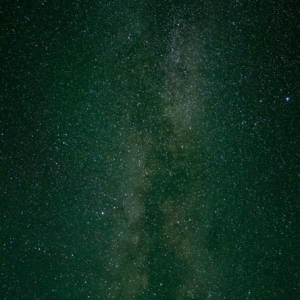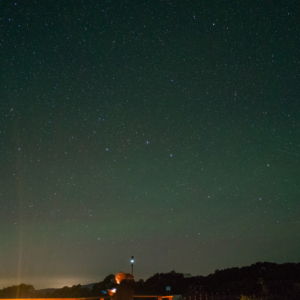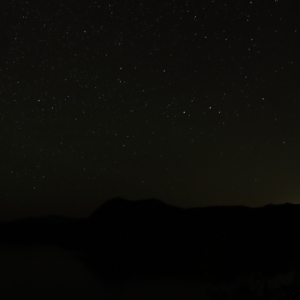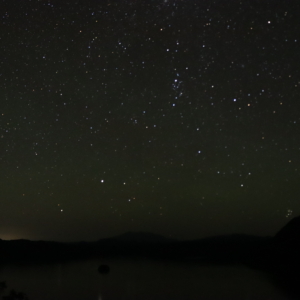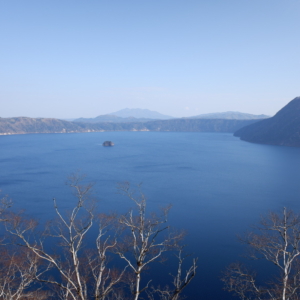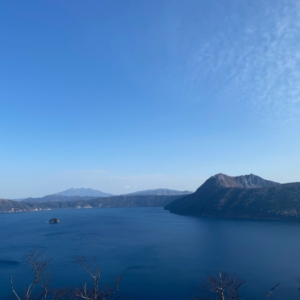One of the gems of eastern Hokkaido’s tourist attractions is Lake Mashu, a place that truly embodies the word “mystical.”
In the Ainu language, Lake Mashu is called “Kamuito,” meaning “Lake of the Gods.” It is indeed a place of profound mystery and beauty.
From the observation deck, the deep blue waters seem to draw you in. This unique blue, known as “Mashu Blue,” is a stunning color created by the sky’s reflection on the lake’s pristine, world-class clear waters. The lake’s appearance changes constantly with the movement of clouds, and on calm days, the blue is even more striking.
The lake is surrounded by steep walls, making it impossible to descend to the water’s edge. The area around Lake Mashu is designated as a special protected zone within a national park, ensuring the preservation of its precious natural environment.
The Myth of Foggy Lake Mashu
While clear views of the lake are often elusive, especially in summer, it’s actually during this peak tourist season that fog is most common. Many visitors may encounter the lake shrouded in mist during this time.
However, during spring, autumn, and winter, clear days are more frequent, allowing for stunning views of the beautiful Mashu Blue. Outside of summer, the chance of seeing the lake’s surface is about 70%.
Early mornings often bring fog, creating a sea of clouds. Occasionally, the sea of clouds from Lake Kussharo flows into Lake Mashu, creating a breathtaking waterfall-like scene from the third observation deck. If you witness this, consider yourself very fortunate!
The Sea of Clouds at Lake Mashu
While the sea of clouds over Lake Kussharo is famous, Lake Mashu also occasionally offers this spectacular sight. This rare phenomenon is often referred to as the “miraculous sea of clouds.”
This usually occurs between June and September, when fog gathers over Lake Mashu on calm nights and remains until early morning, forming a sea of clouds. The peak viewing time is between 2 AM and 5 AM. The best spots to view this are the first observation deck, the Kamui Terrace, and the third observation deck.
On days when the sea of clouds is visible at Lake Mashu, it often blankets Lake Kussharo as well, creating an incredible panorama from the third observation deck. Before heading to Lake Mashu in the early morning, check the live camera on the Kamui Terrace website. It’s also a good idea to visit the third observation deck after viewing the sea of clouds from Bihoro Pass or Tsubetsu Pass.
Click the blue tab on the left side of the website to open the live camera images.
Stargazing at Kamui Terrace
The first observation deck at Lake Mashu features the Kamui Terrace, a deck designed for stargazing. It is open at night, and on clear nights, you can see the Milky Way from here. Lie back on the benches and enjoy the stars. You’re sure to see some shooting stars!
Ura-Mashu Observation Deck
Although trees partially obstruct the view from the Ura-Mashu Observation Deck, unlike the first observation deck, the lower altitude brings you closer to the lake’s surface.
- Both the observation deck and parking are free.
- There’s a shop and restrooms (available only in summer).
- The road is closed in winter, so it’s accessible only from April to November.

